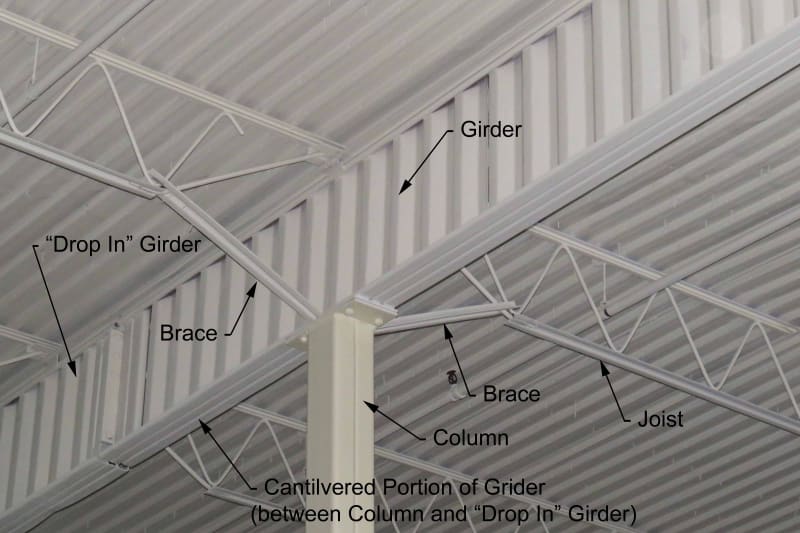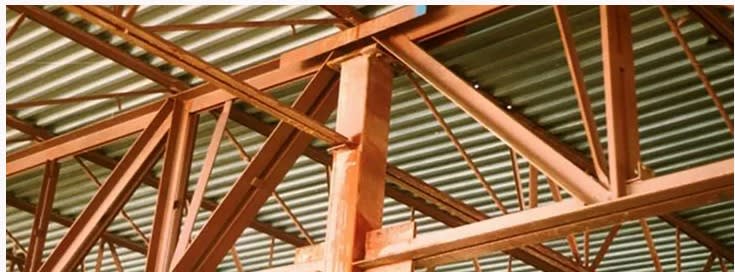Hey all,
I was wondering what the general consensus is when providing bottom flange bracing for a cantilever beam, but providing the bracing past the beam splice within the drop-in section. For instance, we have a 5'-0" cantilever, but joists are at 6'-0" on center. I can use a bottom chord extension at the column to brace the bottom flange there, but my next joist is past the beam splice. Does bracing past the beam splice do anything for the cantilevered beam? Or is the unbraced length for negative bending just the cantilever distance to the splice since that is where moment goes to zero (non moment connected splices).
Aside, yes there will be negative moment on the non-spliced span, but assumed that that is taken care of with bottom flange bracing in this case.
I was wondering what the general consensus is when providing bottom flange bracing for a cantilever beam, but providing the bracing past the beam splice within the drop-in section. For instance, we have a 5'-0" cantilever, but joists are at 6'-0" on center. I can use a bottom chord extension at the column to brace the bottom flange there, but my next joist is past the beam splice. Does bracing past the beam splice do anything for the cantilevered beam? Or is the unbraced length for negative bending just the cantilever distance to the splice since that is where moment goes to zero (non moment connected splices).
Aside, yes there will be negative moment on the non-spliced span, but assumed that that is taken care of with bottom flange bracing in this case.


